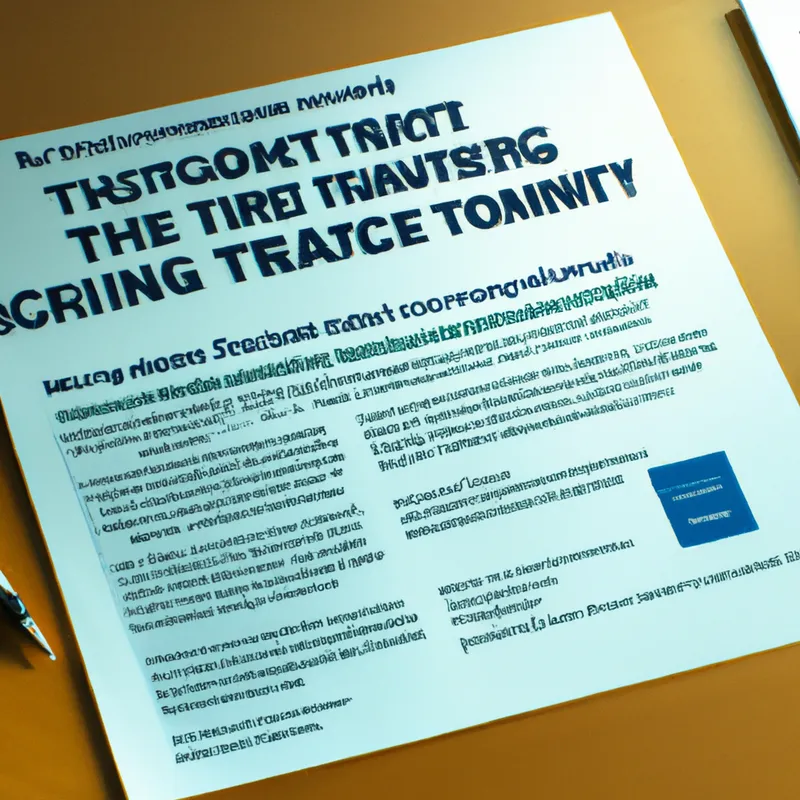Strategize for Victory with Tactical Flexibility
The Role of Tactical Flexibility in Successful Team Management: Case Studies of Premier League Coaches
In football, tactical flexibility significantly impacts team management. Premier League coaches constantly face pressure to achieve results and must adapt strategies to win. Successful coaches illustrate how adaptability leads to on-pitch success. This blog post examines tactical flexibility’s importance through notable Premier League coaches’ case studies, highlighting its effects on performance, player morale, and team success.
Understanding Tactical Flexibility
Tactical flexibility means a coach can adjust strategies based on game scenarios. This includes altering formations, player roles, and tactics. Coaches who excel in this skill respond effectively to opponents and in-game situations, enabling dynamic gameplay that can change match outcomes.
For instance, Pep Guardiola, Manchester City’s manager, frequently modifies formations during matches. He may begin with a 4-3-3 setup, focusing on possession and width, then switch to a 3-5-2 to strengthen midfield or counter an opponent’s threat. This flexibility allows his team to dominate possession while adapting to pressing opponents, keeping them guessing and exploiting spaces.
The Importance of Adaptation
Adaptation proves essential in football. Each match poses unique challenges, requiring coaches to analyze opponents and make quick decisions. A flexible approach empowers teams to exploit weaknesses and gain a competitive edge.
Jurgen Klopp of Liverpool exemplifies tactical flexibility. He often adjusts his team’s pressing intensity based on the opponent’s pressure-handling ability. Against teams struggling with high pressing, Klopp instructs players to apply relentless pressure and quickly win the ball back. Conversely, against stronger sides, he may opt for a compact formation and focus on counter-attacking. This adaptability makes Liverpool unpredictable and challenging to play against, securing crucial points throughout the season.
Case Studies of Tactical Flexibility
Pep Guardiola – Manchester City
Guardiola’s tactical flexibility defines his management style. His tenure at Manchester City showcases his adaptability to various situations. During the 2019-2020 season, he faced key defensive injuries. Instead of adhering to his preferred formation, Guardiola experimented with different defensive setups, including using midfielder Fernandinho as a center-back. This adaptation allowed City to maintain their title challenge despite setbacks.
Guardiola also employs a fluid attacking style that can shift mid-game. For example, in a decisive match against Liverpool, he transitioned from a traditional 4-3-3 to a more aggressive 3-2-4-1, pushing full-backs higher to create numerical advantages in midfield. This tactical switch disrupted Liverpool’s rhythm significantly.
Conclusion
Tactical flexibility proves vital for successful team management. Coaches who adapt strategies effectively enhance performance and team morale.
Below are related products based on this post:
FAQ
What is tactical flexibility in football coaching?
Tactical flexibility refers to a coach’s ability to adjust strategies based on game scenarios. This includes changing formations, player roles, and tactics to respond effectively to opponents and in-game situations, allowing for dynamic gameplay that can influence match outcomes.
How does tactical flexibility impact team performance?
Tactical flexibility enhances team performance by enabling coaches to exploit opponents’ weaknesses and adapt to unique challenges each match presents. This approach can lead to improved results, as teams become more unpredictable and better equipped to handle varying pressures during games.
Can you provide an example of a coach who exemplifies tactical flexibility?
Pep Guardiola of Manchester City is a prime example. He frequently alters formations during matches, adapting his strategies based on the flow of the game. For instance, he might switch from a 4-3-3 formation to a 3-5-2 to counter an opponent’s threat, demonstrating how his adaptability can lead to on-pitch success.















Post Comment